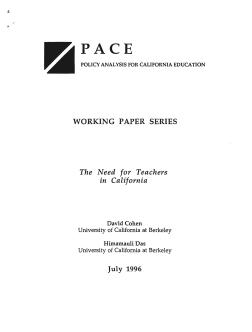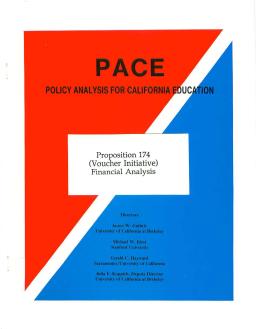Education finance

In adopting the Local Control Funding Formula (LCFF), California moved from one of the least transparent school funding systems in the country to one of the most straightforward. In addition, increased revenue has helped California school district resource and expenditure levels not only recover from their post-recession lows, but also reach higher levels in 2016–17 than at any point since at least 2004–05.
However, per-pupil spending in California remains consistently below the national average, and district budgets are being impacted by rising costs associated with pensions, health care, Special Education, and facilities.
PACE research in this area is focused on building and advancing the evidence base on how to achieve equitable and adequate funding that leads to improved outcomes.
- ‹ Previous
- 5
- 6
- 7
- Next ›







